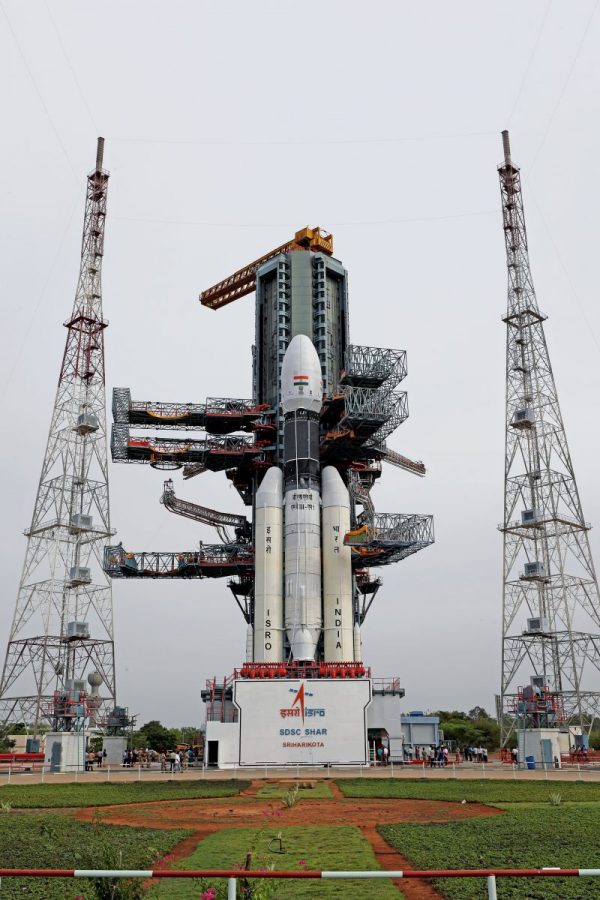
So far, only a handful of space agencies have successfully launched manned vehicles into space: NASA, Roscosmos of Russia, the European Space Agency (ESA) and the Japan Aerospace eXploration Agency.

“A reusable launch vehicle is the unanimous solution to achieve low cost, reliable and on-demand space access.”

“The cost of access to space is the major deterrent in space exploration and space utilization,” the Indian Space Research Organization (ISRO) wrote in a statement. But despite its tiny size, the unmanned prototype’s successful launch represents the culmination of a decade of research and development by India's scientists as the country hopes to get a foothold in the race to develop new modes of space travel, Amar Toor reports for The Verge. The spacecraft was just 23 feet long-about a sixth of the size engineers have planned for the final version. Now, Indian engineers hope the data gathered during the brief flight will be a big step toward developing a low-cost, reusable space shuttle for the nation’s burgeoning space agency. The experimental prototype spacecraft successfully made it to an altitude of 43 miles before dropping back towards the Earth.

Just a few hours ago, India's space program launched a rocket carrying a small, unmanned model shuttle into space.


 0 kommentar(er)
0 kommentar(er)
